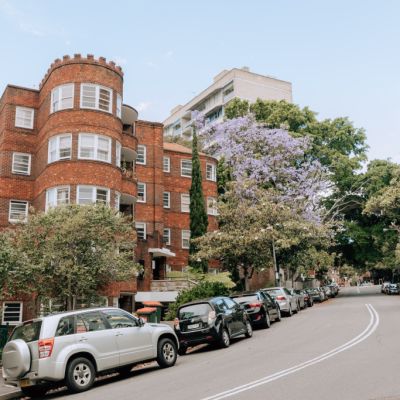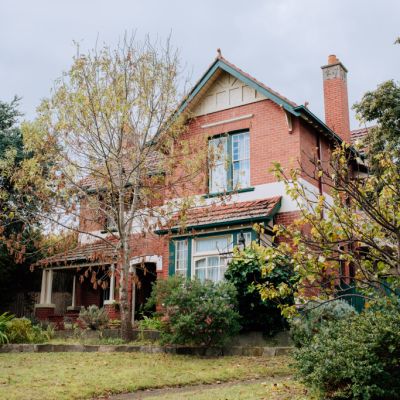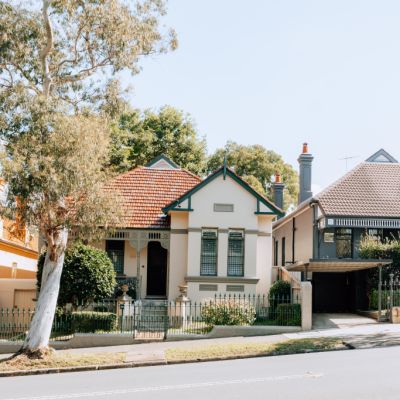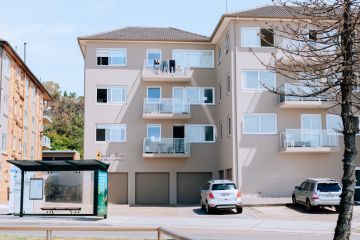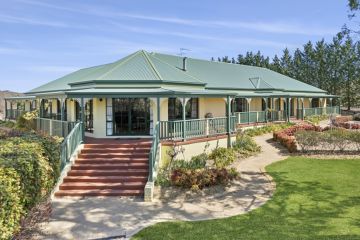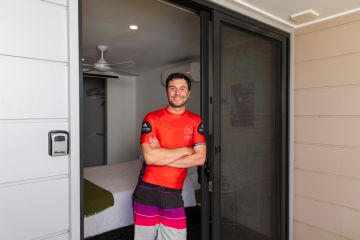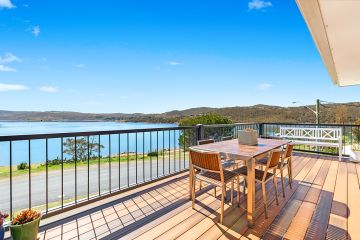Negative gearing and capital gains tax breaks go to top income earners and men

The bulk of negative gearing and capital gains tax concessions go to top income earners and men, new figures reveal.
Independent analysis by the Parliamentary Budget Office, commissioned by the Greens, found that 57 per cent of negative gearing deductions go to the top 20 per cent of income earners.

Meanwhile, the top 10 per cent of earners claim more in capital gains tax deductions than the remaining 90 per cent combined, the analysis found.
A gender analysis of the figures also revealed 72 per cent of these deductions go to men.
Across the country, 638,000 people own two or more investment properties, accounting for 1.7 million homes. A whopping 11,200 individuals own seven or more investment properties.
Greens leader Adam Bandt said both the Liberal and Labor parties back spending more each year on property handouts than on public schools.
“With so many people locked out of the housing market, we shouldn’t give billions of dollars to an elite few to help them buy their fifth, sixth and seventh home,” Bandt said.
“The housing market is cooked and these handouts don’t just make inequality worse, they push house prices out of reach for everyone else.”
Under the Greens’ policy of negatively gearing just one investment property, the Australian government could make a $63 billion saving over a decade, Bandt claims.
“In balance of power, the Greens will kick the Liberals out and push Labor to fix the housing affordability crisis.”
Labor scrapped its position on abolishing negative gearing after the Liberals’ scare campaign in the last federal election, suggesting it would punish mum and dad investors.
But experts agree these tax breaks flow to some of the wealthiest homeowners and are only set to grow after property prices exploded and interest rates rise.
Grattan Institute economic policy program director Brendan Coates said the capital gains tax discount has been a “free kick” to investors.
“The discount has been much higher than the rate of inflation … it’s been massively overcompensating investors,” Coates said. “The budgetary cost of negative gearing will also rise as interest rates rise. Investors will have more losses to offset against their taxable income.”
“The biggest benefit of these [scrapping] policies is the budgetary impact. The improvement in the budget position. Australia has a structural deficit of 2 per cent of GDP.
“We have to do something to close that over time and if you’re thinking of ways to raise money to improve the budget, these policies are the best candidates. They’re the first things to be up the wall. Sixty-three billion [dollars] over a decade is a lot of money.”
Coates said while these tax breaks have a small impact on prices, it has ultimately driven housing inequality.
“Negative gearing and capital gains tax definitely contributed to the growing divide between the housing haves and have nots. You’re talking about $63 billion a decade that is flowing to the richest Australians, which are the ones who own multiple investment properties.”
The Australia Institute’s senior economist Matt Grudnoff said removing these tax concessions would not hurt the rental market either, which is already in crisis with these policies in place.
“That’s utter bullshit [that it will hurt rental property supply]. That one investor, they’re going to get out. They don’t burn their house to the ground. That house doesn’t disappear. They sell it. If another investor buys it, it doesn’t make a difference.”
But if an investor sells to a renter, that is one more owner-occupier and one less renter, driving up homeownership rates, Grudnoff said.
He also said that these tax concessions have driven housing inequality where more housing is owned by a smaller number of people.
“That is the definition of inequality: when a smaller and smaller number of people own more and more.”
Over time, the aspiration of homeownership is no longer based on effort, but whether one’s parents own property, he said.
“You could put it [money] into social housing, you could fund the states and massively increase the amount of social housing. These would all be better options than making rich people richer and making housing less affordable.
“It was Menzies, the founder of the Liberal Party, who found owning your own home was a great idea.
“If you owned your own home, if you owned a slice of your neighbourhood, you would less likely burn it down. We’ve now reversed that. Homeownership isn’t the objective. Using your home as a nest egg is the objective.
“We need to go back to the idea that housing is a utility. It’s good for housing and not an investment. That’s not a radical lefty theory, that’s Menzies’ idea – the founder of the Liberal Party,” Grudnoff said.
We thought you might like
States
Capital Cities
Capital Cities - Rentals
Popular Areas
Allhomes
More
